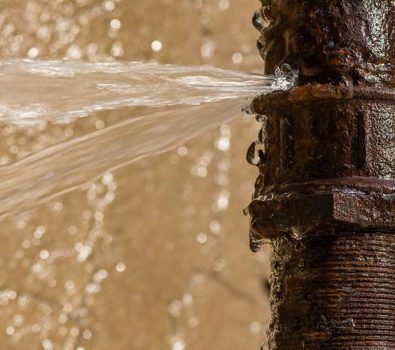Gardening is popular among young and old Australians alike, and there are only a few hobbies that can provide a close connection with nature. For some, it’s a hobby that gets them to spend some quality time outdoors, and for others, it’s more of an exercise and a way to breathe in some fresh air for the body’s rejuvenation. The rise of online shops for rakes, shovels and many purchases being done for fruits and vegetable seeds online tends to show how residents have made use of today’s innovations to keep this hobby afloat as it was speculated that gardening as a hobby seemed to be dwindling in popularity as technology swept over.
With several health benefits from stress relief to better overall well being, gardening isn’t something that’s going to go away anytime soon. With the start of the global pandemic and millions of residents being forced to stay indoors, gardening has once again found its way back to being a common hobby in Australia among the residents.
For starters, and those with no know-how, consider following these tips to get a lead on following through with a proper gardening routine.
Growing A Vegetable Garden: What Are The Things To Consider?
Finding the right set of seeds for growing a full garden is a lot of hard work; people need to travel to seed shops, get the right ones and make sure the soil is stable enough for proper cultivation. With the rise in commercial websites and other platforms, people can purchase vegetable seeds online and seek aid if and when they need it. Local gardens also offer starter plants in their early stages for those who can’t find the time to sift through hundreds of seeds.
- Location Is Everything: Full sunshine is the next best thing for plants to grow, so choose a place that gets sunlight for at least six hours. Most gardeners might recommend eight hours, but Australia’s hotter climates might take their toll on delicate seedlings. Make sure that there’s adequate shading if hotter climates are the case. The closer the location is to the house or the property, the more convenient it’ll be to regularly tend the garden or the seedlings. As for the water supply, keep that close too.
- The Water Supply: Get some pipes and start building rainwater storage to keep thirsty seedlings hydrated regularly. Placing the garden beds near other water sources like water pumps or irrigation pipes works well as long as a constant supply is set. Do remember to water more when the climate gets hotter, but this depends upon the way the seedlings are grown. Seedlings growing inside containers need regular watering, whereas those planted directly in the ground need only a heavy watering once or twice every week.
- Enrich The Soil With Necessary Nutrients: Manure, compost, and other organic matter can do wonders for the soil if it is properly enriched. Take care to leave manure for at least six weeks before mixing them with the soil to prevent nitrogen burns. Organic matter tends to improve the soil’s structure and drainage capabilities, so make sure to add them thoroughly a few times every year.
Make picking a habit to ensure more rich produce and eliminate all the weeds growing around the garden whenever possible. And above all, be patient. Like all great things, gardening takes a lot of time, and beginners tend to make many mistakes. Ask for help, take advice regularly and don’t make any hasty decisions, and one will be enjoying their garden produce in no time.



